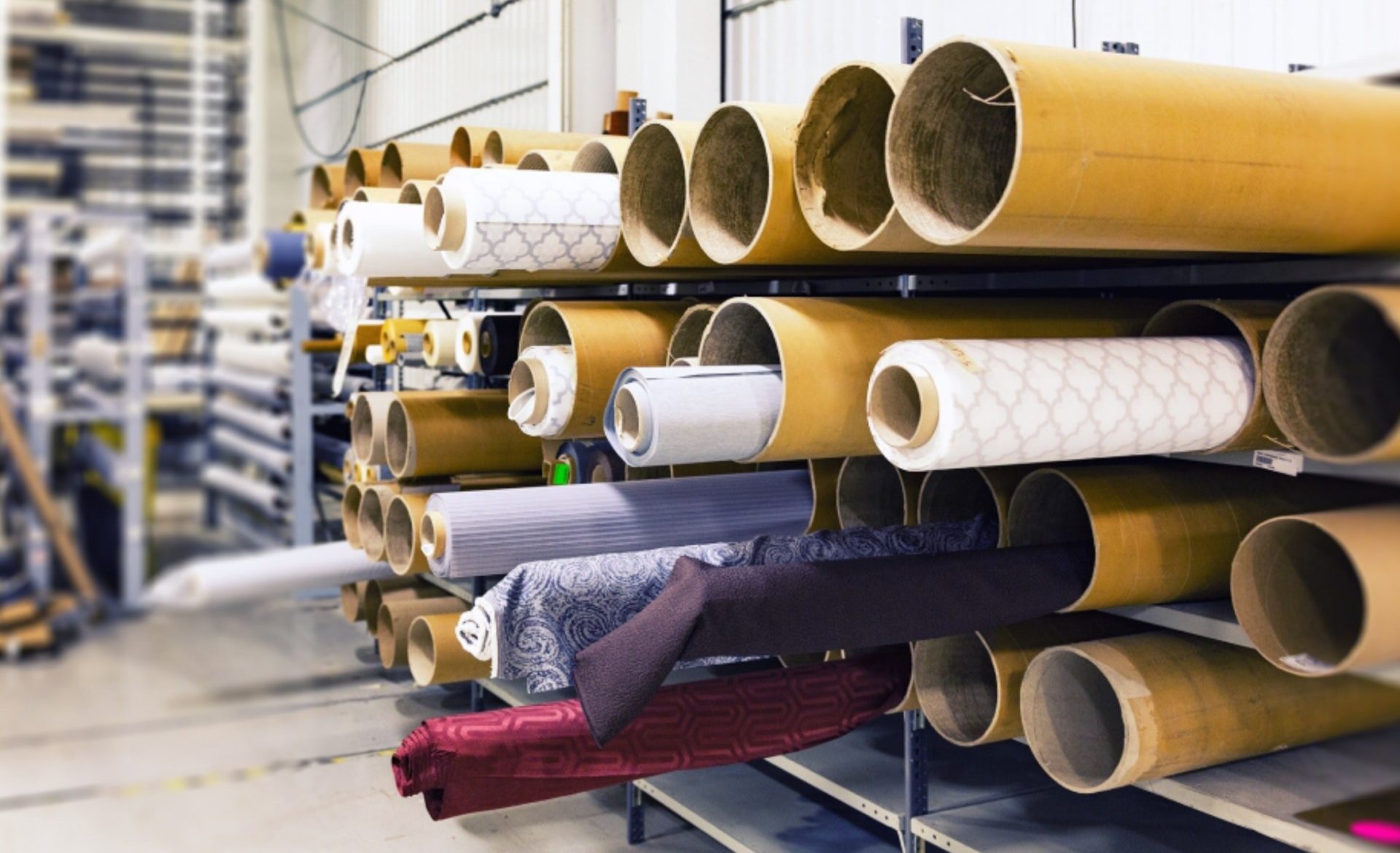In last week’s session, we talked about sourcing products in the U.S. What is happening in today’s environment? Why does it make sense? Can you be competitive? Who should be sourcing in the U.S.? We invited Afolabi Oyerukon, an expert in the field, to join us and discuss these questions.
China is one of the most popular countries to source from because of their low-cost labor, but now with the increasing shipping costs, sourcing in China doesn’t make that much sense. A year or two ago, a container could be around $3k – $5k dollars, today it’s around $20k.
What are the costs of bringing products into the U.S.?
There are certain costs that you have to consider when you bring products into the U.S. Import taxes or customs duties, are a big part of it. Customs duties vary by country of origin and type of product, so you have to apply the import duty for that specific product, plus the import duty assigned to the country of origin.
In the case of China, there is a 25% import duty (known as Trump Tax), and on top of that, you have to add the duties for the commodity (type of product). So, let’s say you want to import a product from China because the cost per item is $7.00. If you start doing the math, manufacturing costs, plus customs duties, plus shipping costs (mentioned earlier) you start thinking that it’s not that big of a difference when it comes to costs.
Why should people start looking to source in the U.S.?
We can start by talking about quality. The United States and Canada have top wood and better chemicals than most other countries, meaning most factories in Asia depend on U.S. materials to make products. So, the raw materials come from the U.S., then shipped to Asia to manufacture products, then shipped back to the U.S.
The U.S. is one of the most innovative countries and has been focusing on machinery, robotics, and automation development. So what the U.S. has been doing is basically developing efficient and high-volume production factories which are overdoing Asia’s low-cost manufacturing labor.
So, where to look for manufacturing companies in the U.S? How to protect your product from being replicated? What are other leading material innovations in the U.S? Listen to the full episode above to learn more about this topic.

